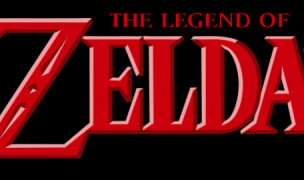 29 Terms
29 TermsHome > Terms > Serbian (SR) > образац
образац
In relation to art the term form has two meanings. First it refers to the overall form taken by the work—its physical nature. Secondly, within a work of art form refers to the element of shape among the various elements that make up a work. Painting for example consists of the elements of line, colour, texture, space, scale, and format as well as form. Sculpture consists almost exclusively of form. Until the emergence of modern art, when colour became its rival, form was the most important element in painting and was based above all on the human body. In treating or creating form in art the artist aims to modify natural appearances in order to make a new form that is expressive, that is, conveys some sensation or meaning in itself. In modern art the idea grew that form could be expressive even if largely or completely divorced from appearances. In 1914 the critic Clive Bell coined the term significant form to describe this (see Formalism). The idea played an important part in abstract art. In 1914 the British pioneer abstract painter David Bomberg wrote: 'I appeal to a sense of form—where I use naturalistic form I have stripped it of all irrelevant matter 'My object is the construction of Pure Form. ' Even space can have form—the sculptor Henry Moore once remarked that 'a hole can have as much shape meaning as a solid mass'. (See also Biomorphic. )
- Deel van toespraak: noun
- Synoniem(en):
- Blossary:
- Industrie/Domein: Art history
- Category: General art history
- Company: Tate
- Product:
- Acroniem-Afkorting:
Andere talen:
Wat wilt u zeggen?
Terms in the News
Featured Terms
Čehovljeva puška
Pravilo koje kaže da bilo koji objekat koji je ubačen u rad mora služiti svrsi - ako nema svrhu, treba ga ukloniti kako ne bi odvlačio pažnju. ...
Featured blossaries
stanley soerianto
0
Terms
107
Woordenlijsten
6
Followers
Characters In The Legend Of Zelda Series
 29 Terms
29 Terms
Sanket0510
0
Terms
22
Woordenlijsten
25
Followers
Hostile Takeovers and Defense Strategies
 12 Terms
12 TermsBrowers Terms By Category
- News(147)
- Radio & TV broadcasting equipment(126)
- TV equipment(9)
- Set top box(6)
- Radios & accessories(5)
- TV antenna(1)
Broadcasting & receiving(296) Terms
- General art history(577)
- Visual arts(575)
- Renaissance(22)
Art history(1174) Terms
- Organic chemistry(2762)
- Toxicology(1415)
- General chemistry(1367)
- Inorganic chemistry(1014)
- Atmospheric chemistry(558)
- Analytical chemistry(530)
Chemistry(8305) Terms
- Capacitors(290)
- Resistors(152)
- Switches(102)
- LCD Panels(47)
- Power sources(7)
- Connectors(7)
Electronic components(619) Terms
- Fiction(910)
- General literature(746)
- Poetry(598)
- Chilldren's literature(212)
- Bestsellers(135)
- Novels(127)



